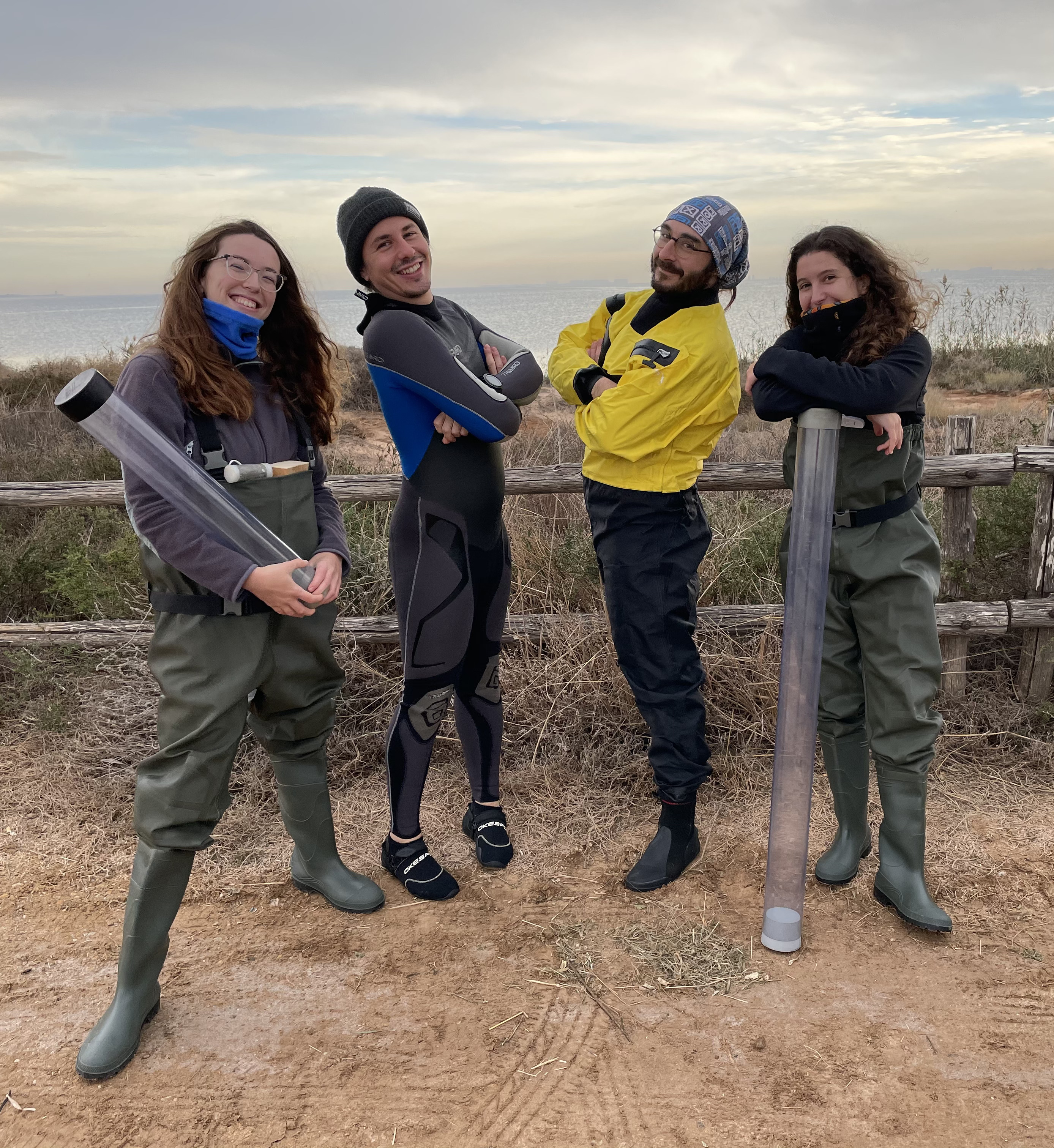According to a study by the Department of Physics and the ICTA-UAB, the Mar Menor saltwater lagoon in Murcia, Spain, the largest in Europe, contains sediments with levels of lead, arsenic, zinc, mercury, copper, and silver that exceed toxicity thresholds and values reported for similar coastal ecosystems worldwide.

The research reconstructs the history of metal contamination in the 20th and 21st centuries and reveals that the mining industry of the Cartagena-La Unión mountain range, active between the late 19th century and the mid-20th century, was the main source of metal accumulation in the sediments. Metal flows continued to affect the lagoon during rainfall events even after the closure of mines in the 1990s, and today the southern part of the lagoon, closer to the former mining channels, contains the largest deposits.
Historical data show that maximum concentrations were reached in the mid-20th century, and although some decreased after the ban on mining discharges in 1955, other metals continued to enter the lagoon through runoff carrying mining waste and new urban sources, such as wastewater and special boat paints. Altogether, the sediments of the Mar Menor hold thousands of tons of metals, with figures illustrating the scale of this historical pollution.
According to Irene Alorda, researcher at ICTA-UAB and the UAB Department of Physics, "The impact of these accumulations of metals, which at the moment are not affecting living organisms, could become greater in the future due to interactions with other pressures derived from human activities".
Although current surface concentrations are lower than in much of the 20th century, the study warns that climate change, eutrophication episodes, and the resuspension of bottom sediments could once again release these metals, increasing their availability to aquatic organisms and putting the ecosystem's biodiversity at risk.
This work highlights the importance of managing coastal ecosystems in an integrated way, since historical impacts combined with the effects of global change can aggravate existing pollution. It also provides key information for planning future conservation strategies and pollution mitigation in the Mar Menor lagoon and in similar ecosystems worldwide.
Article reference: Alorda-Montiel, I., Rodellas, V., Arias-Ortiz, A. A century of sediment metal contamination of Mar Menor, Europe's largest saltwater lagoon. Marine Pollution Bulletin 220 (2025) 118347 https://doi.org/10.1016/j.marpolbul.2025.118347






